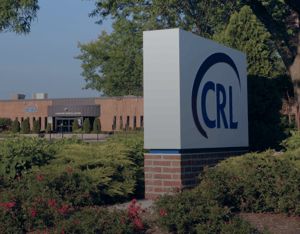It’s a simple concept: the more people you can label as having a condition for which you provide support (as the ADA, researchers, etc.), the more money you can solicit. By defining pre-diabetes as a HbA1c of 5.7-6.4%, you can include almost half of the US population aged 60+. But, for the life underwriter or medical director, the question of concern is not the label itself, but whether there is any increased mortality risk.
CRL insurance data on more than 20 million applicants with 20 years of follow-up continually indicates that increased mortality risk begins at a HbA1c of 6.0%, and the lowest risk group are applicants with HbA1c values from 5.5%-5.9%. But some of you need more evidence.
An article by Mary Rooney published earlier this year in JAMA Internal Medicine supports these HbA1c indicators; an ARIC study examined representative participants aged 70+ with approximately 6 years of follow-up. While those with pre-diabetes had 3 times the risk of progression to diabetes mellitus as those with normoglycemia, 44% of participants actually regressed to normal sugar levels and, most importantly, the all-cause mortality was identical for those with normoglycemia and those with pre-diabetes.
Based on our analysis of extensive CRL data and third-party cohort articles like this recent JAMA example, the prediabetes label is largely age-related and may be poorly predictive of the progression to diabetes and is not predictive of mortality risk. Thus, the prediabetes rating label may represent sub-optimal risk assessment. Evaluating the risk based on whether HbA1c levels are 6.0% or higher, with possible adjustment upward for age, and adding the risks associated with any other findings such as obesity is more predictive.
About the Author
Michael Fulks, MD, Consulting Medical Director, is board-certified in internal and insurance medicine. After leaving practice, he served as a medical director, creating or editing several underwriting manuals and preferred programs. For the past 8 years, Dr. Fulks has consulted for CRL, participating in its mortality research on individual tests and all laboratory test results, BP and build in combination. He is also involved in the development and implementation of automated screening tools for non-laboratory data.






